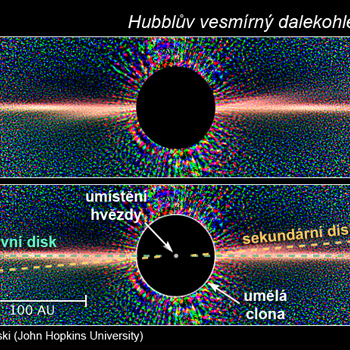How do massive stars evolve?
2 Answers
A massive star can even become a * black hole * at the end of hypernova
Explanation:
The evolution of a star depend upon the size of the star.
lets take the example of our sun,our sun is about 5 billion years old but about few billion years it will become a red giant as the hydroge inside it may have sepleted till that time after 1 or two billion years it will become a dwarf star.
but if there is a massive star it will evolve in super red giant after this it will lead to hyper nova or supernova nad can even become a black hole
Massive stars fuse progressively heavier elements and come to a spectacular end.
Explanation:
Massive stars have very hot cores. Main sequence stars fuse Hydrogen into Helium.
When the core is mainly Helium, the core is hot enough to start fusing Helium into Carbon. Likewise, Carbon fusion also starts when the Helium supply is deleted.
Once Silicon fusion starts, the star has less than a day to live. The result of Silicon fusion is Nickel and Iron. These elements can't take part in fusion reactions, as such reactions consume rather than release energy.
Once the star's core is mainly Iron, fusion reactions stop. The core then collapses under gravity. There comes a point when the pressures are so high that atoms can't exist. Protons and electrons combine to form neutrons. A lot of energy is released by this process which blows the outer layers of the star away in a supernova explosion.
What is left is a neutron star. If the neutron star is massive enough, it will collapse into a black hole.


